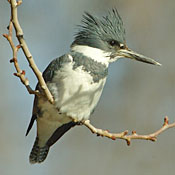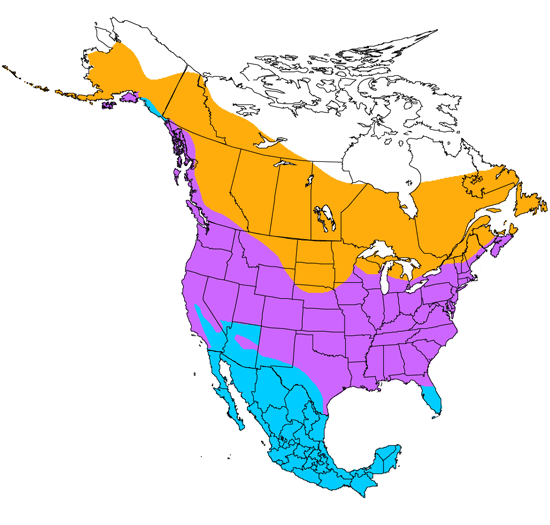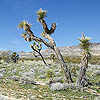Bendire's Thrasher
Toxostoma bendirei

Perching

Length: 10 in. (25 cm )
Restricted to poor and open desert areas, the Bendire\'s Thrasher is most easily seen singing from a high perch or telephone pole or running with its tail up in the air across the ground between sparse bushes. This species rarely enters urban and only occasionally suburban areas. Its cup-like nest is placed in a bush or small tree and is constructed from small twigs, grass and leaves. They eat seeds in the winter and large insects in the Spring and Summer.
The four-digit banding code is BETH.
Bibliographic details:
- Article: Bendire's Thrasher
- Author(s): Dr. Biology
- Publisher: Arizona State University School of Life Sciences Ask A Biologist
- Site name: ASU - Ask A Biologist
- Date published:
- Date accessed:
- Link: https://askabiologist.asu.edu/activities/bird/bendires-thrasher
APA Style
Dr. Biology. (). Bendire's Thrasher. ASU - Ask A Biologist. Retrieved from https://askabiologist.asu.edu/activities/bird/bendires-thrasher
Chicago Manual of Style
Dr. Biology. "Bendire's Thrasher". ASU - Ask A Biologist. . https://askabiologist.asu.edu/activities/bird/bendires-thrasher
Dr. Biology. "Bendire's Thrasher". ASU - Ask A Biologist. . ASU - Ask A Biologist, Web. https://askabiologist.asu.edu/activities/bird/bendires-thrasher
MLA 2017 Style
Be Part of
Ask A Biologist
By volunteering, or simply sending us feedback on the site. Scientists, teachers, writers, illustrators, and translators are all important to the program. If you are interested in helping with the website we have a Volunteers page to get the process started.







